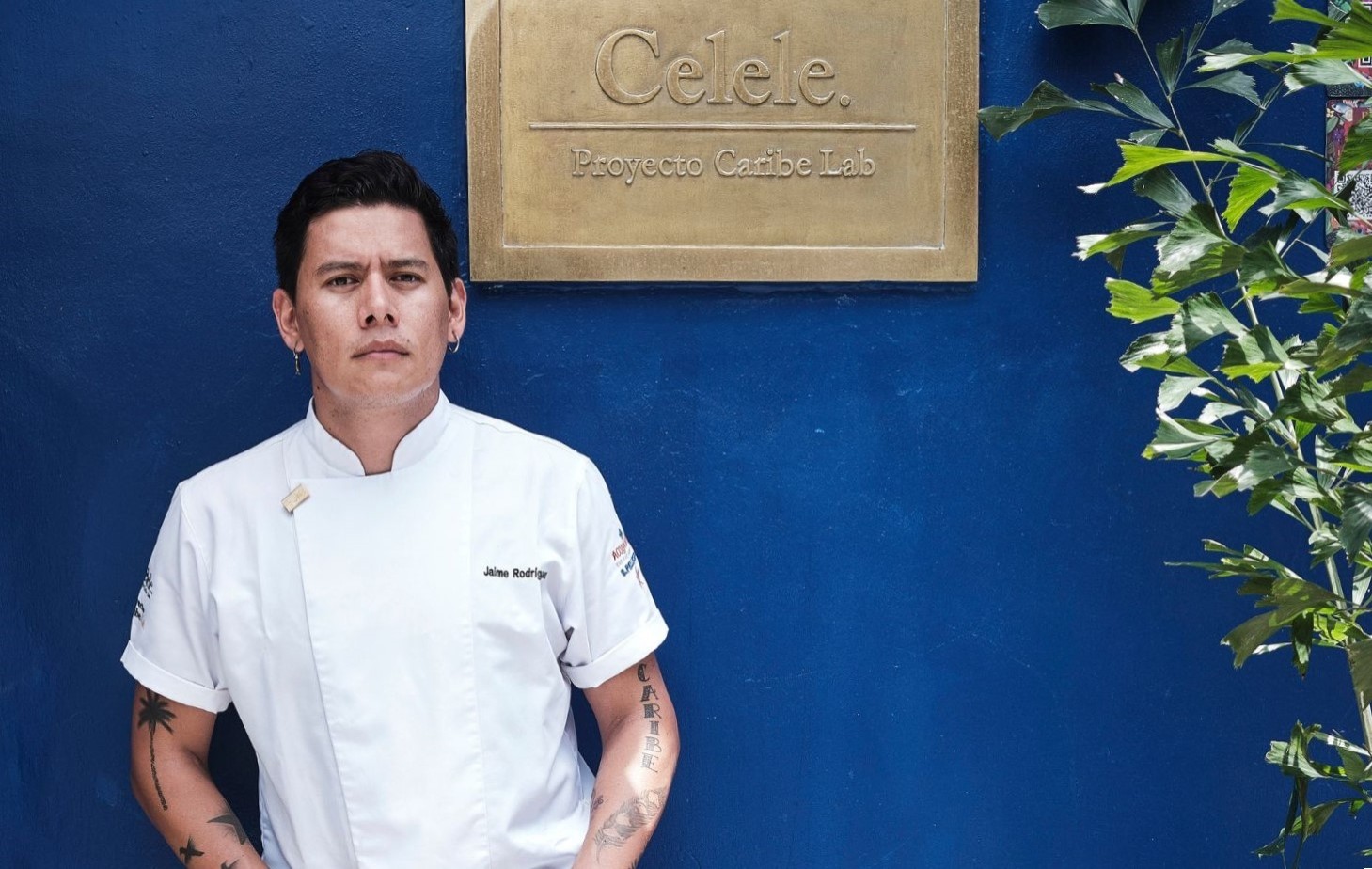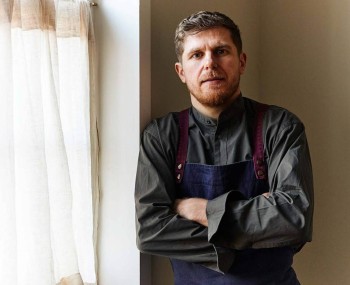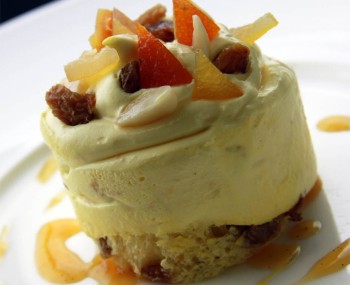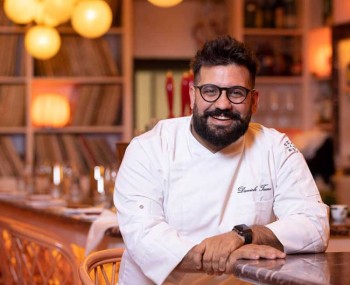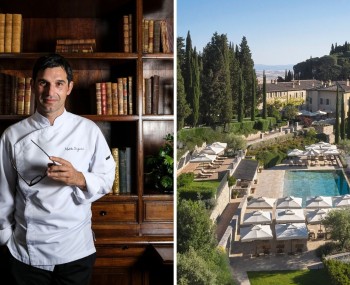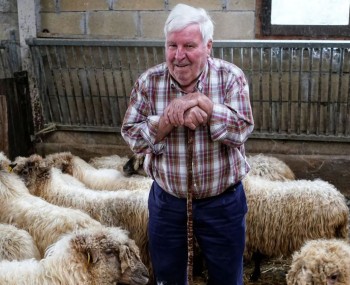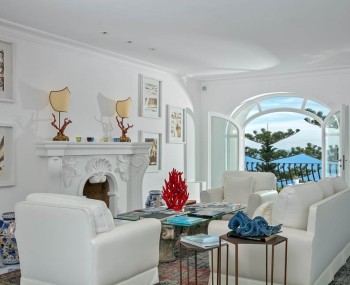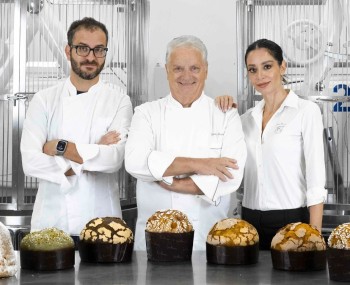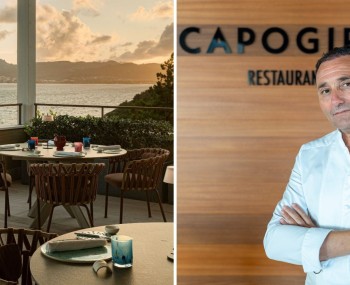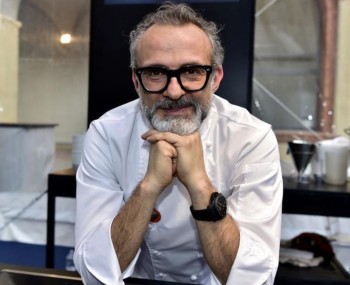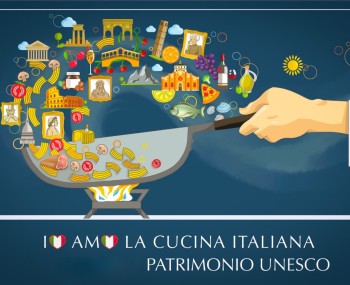Jaime David Rodríguez Camacho relies on the biodiversity of the Colombian Caribbean territory. And he does it at his restaurant Celele, among the most interesting places to eat when visiting Colombia.
The story
There are those places, not always just restaurants, that manage to become the cult spot of the city they're in, like a cathedral present there that everyone should visit, or at least those interested in gastronomic culture (or religious architecture) who want to delve deeper beyond the plate. Cartagena de Indias is stunning in photos and in person, and has become the most touristy city in the country, thanks in part to the wide range of venues that have made it a significant gastronomic destination. Credit goes to sharp and visionary chefs and investors who understand how crucial and intelligent it is to value the Caribbean biodiversity they possess, a unique tropical wealth made up of ancient and diverse cultures.
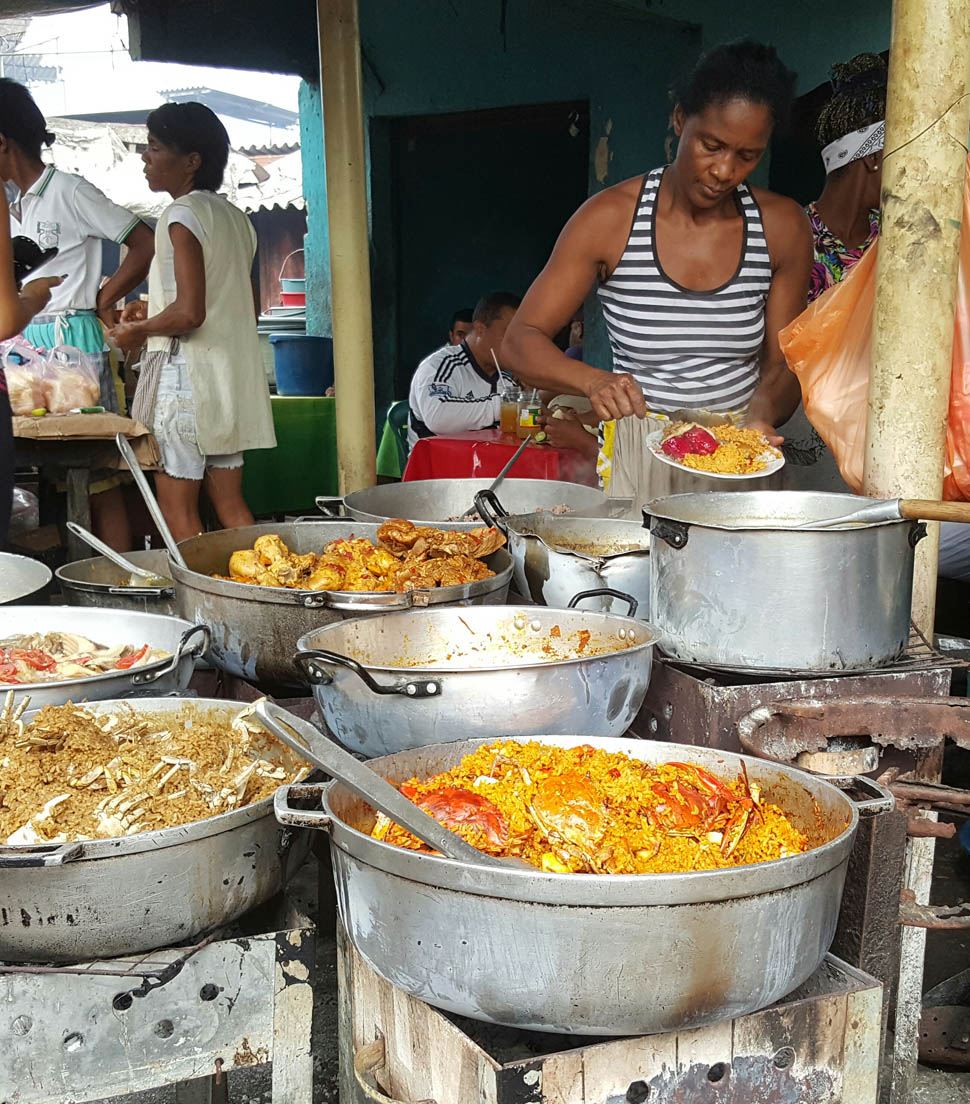
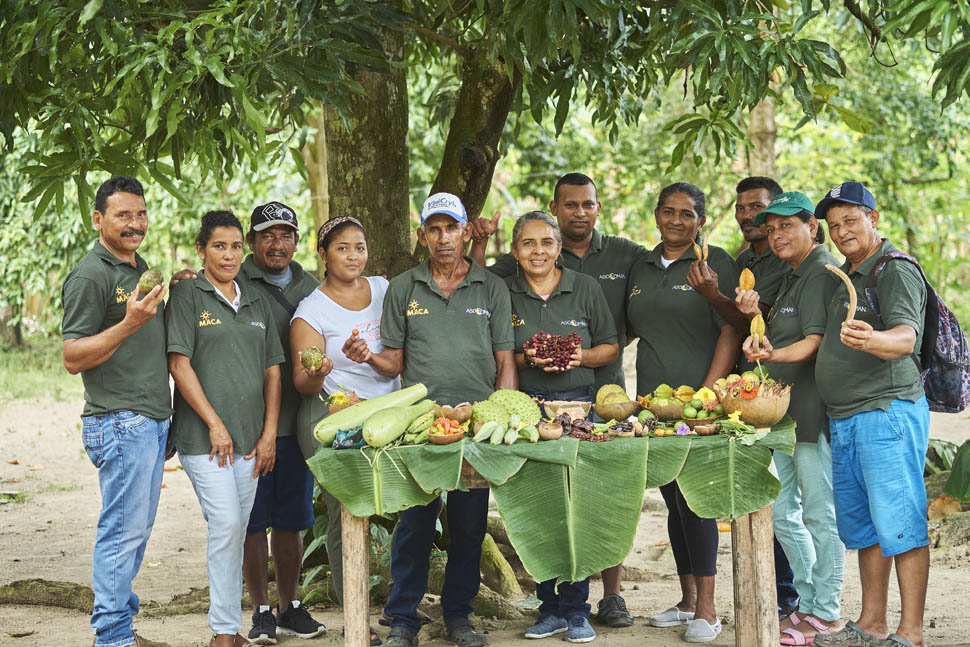
And it doesn't necessarily take decades to start. Celele became the aforementioned cathedral in just a few years, when it opened in 2018. However, the road was much longer: Jaime started his "investigation" a long time ago when he decided to explore an incredible country far and wide. Thus, he founded the Caribe Lab project and spent over twelve years traveling throughout Colombia in search of its gastronomic culture and biodiversity, in order to share its importance with the world and inspire his contemporary cuisine dishes.
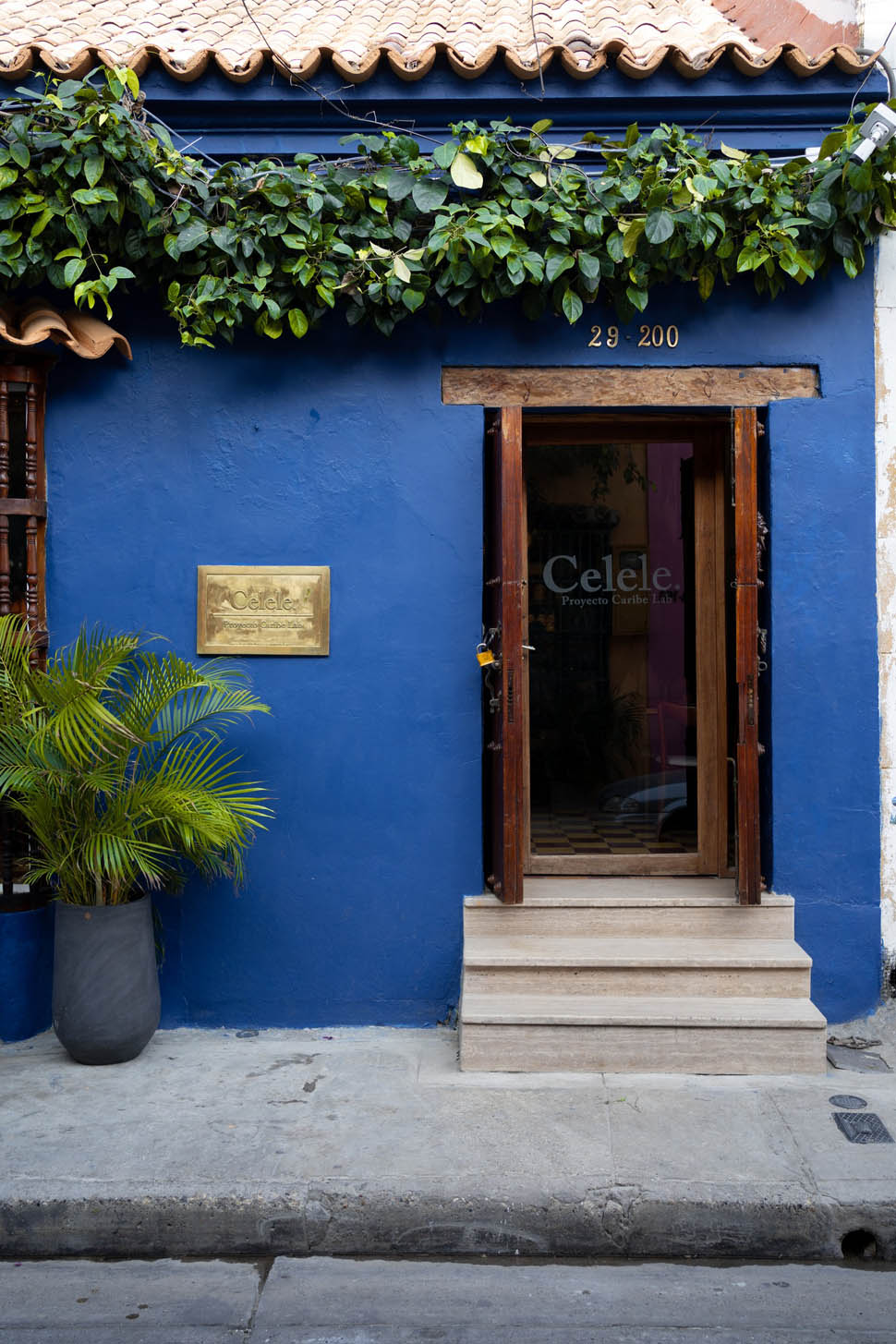
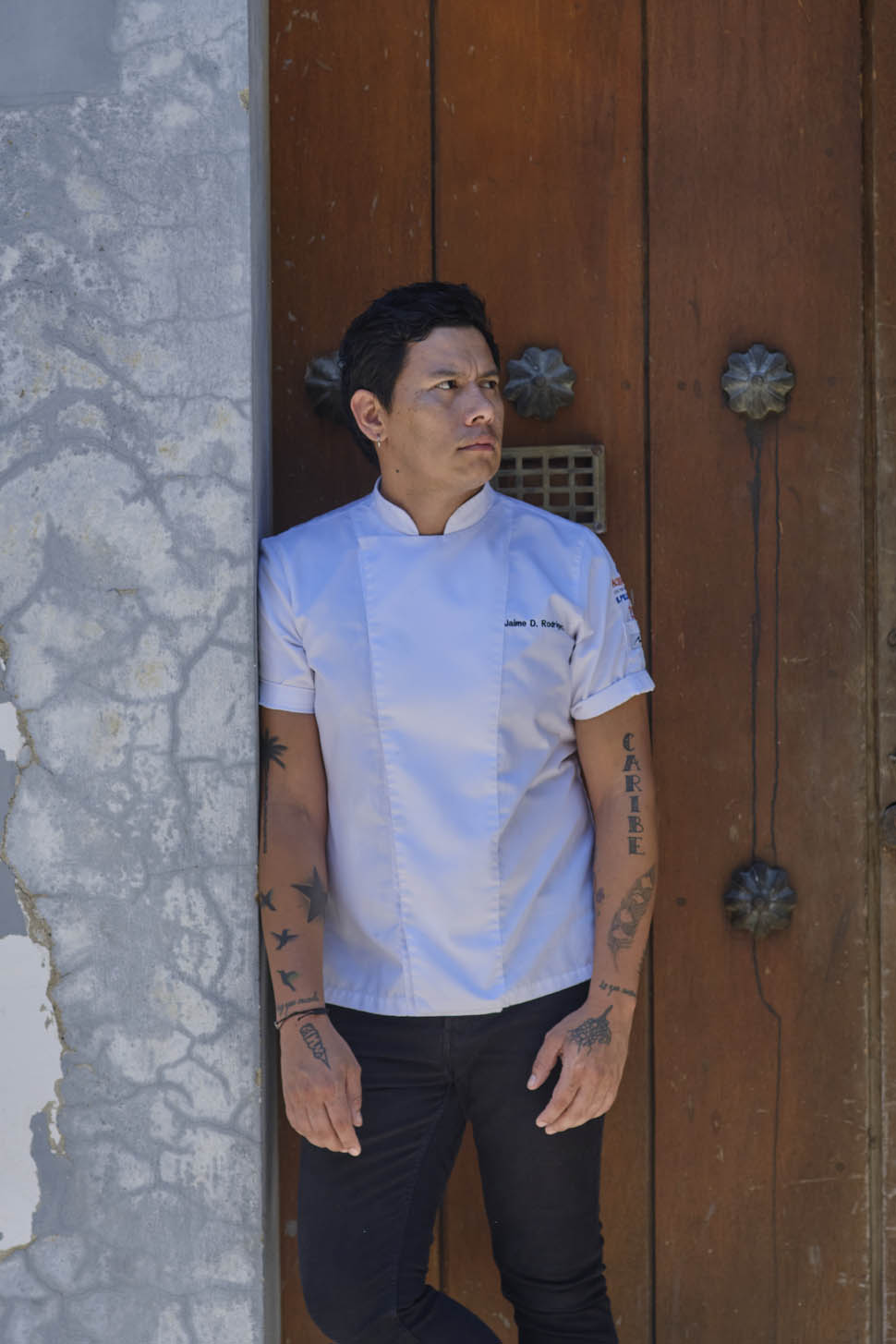
"The project was born to show the world the gastronomic culture and biodiversity of the Colombian Caribbean territory since for years people have only visualized them through its paradisiacal beaches and some popular dishes of the territory. However, many are not aware of the richness that this region of Colombia holds. It all started eight years ago with research trips and pop-up dinners that brought us closer to the reality of this culture and allowed us to communicate what we wanted to convey in our territory.
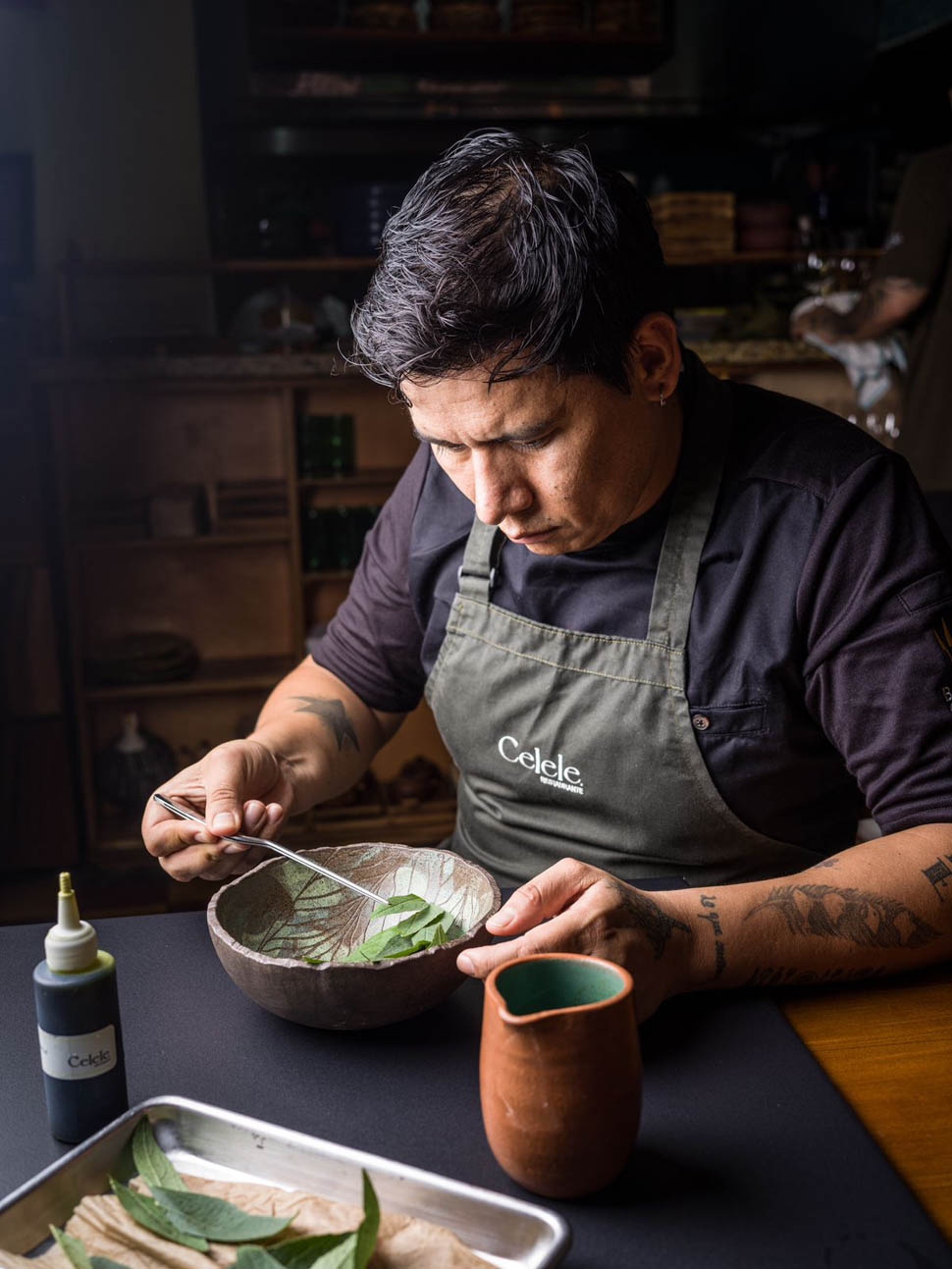
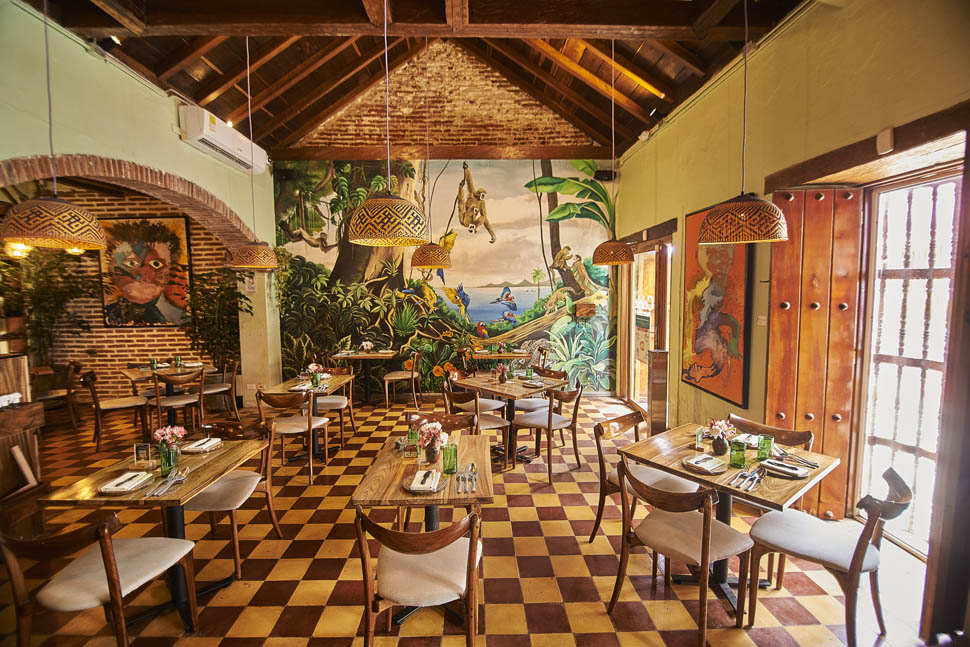
We have always focused on strengthening work with farming communities and producers for the conservation of most ecosystems. Today we are a totally Caribbean flagship restaurant with 90% of products from this land, of which 70% are from wild harvests. We like to use less common ingredients that have great meaning and a positive consumption impact on the region such as orejero, guaimaro, pomarrosa, ylang-ylang, ciruela costeña, jumbalee, tender leaves of fruit trees, wild flowers".
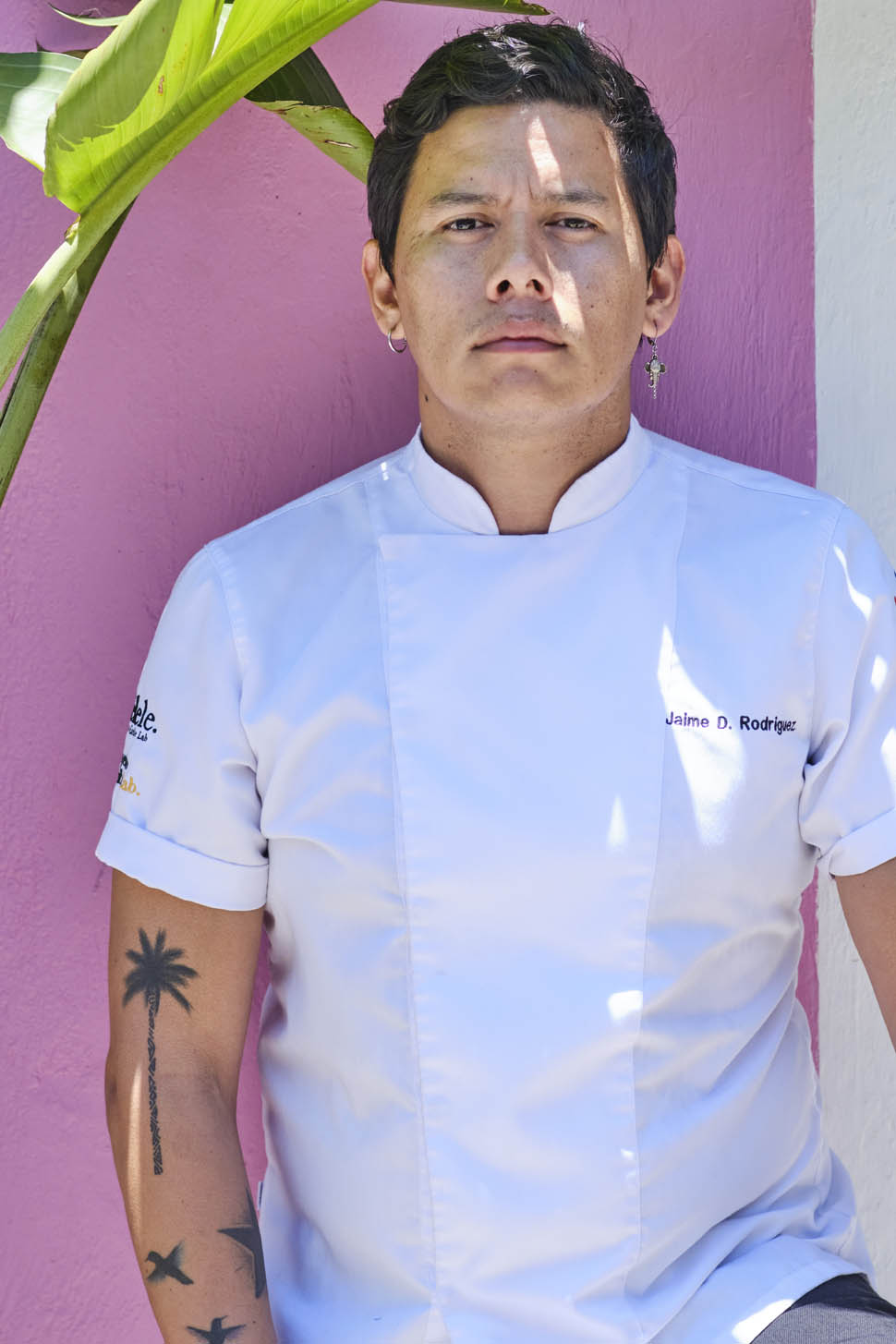
Jaime and his passionate team investigate and showcase the importance of the gastronomy and food of a vast land, which they love and want to know more about by working hand in hand with unknown producers, fishermen, and artisans, consolidating all their research together with the Botanical Garden of Cartagena, with biologists and teachers as well as institutions.
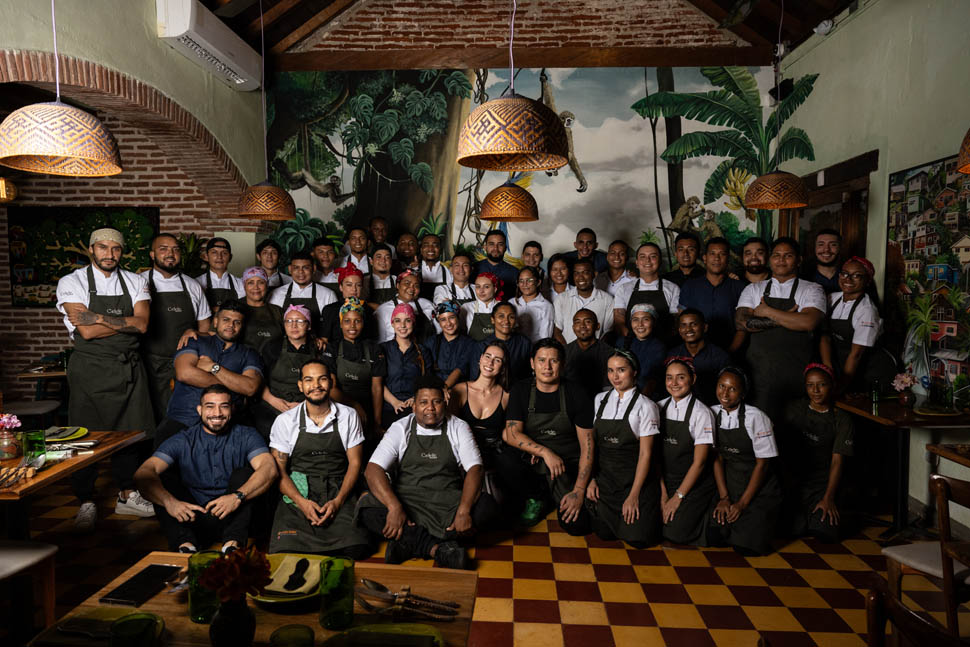
The restaurant
If efforts always pay off, today Celele is considered one of the best restaurants in Latin America and over the years has received numerous awards from the famous list "The Latin America’s 50 Best Restaurants," where it currently ranks 16th. In 2019, it was awarded the "Miele One To Watch Award" by the same, in 2020 it ranked 49th, in 2021 again the "Gin Mare Art Of Hospitality Award," and in 2022 it ranked 19th.
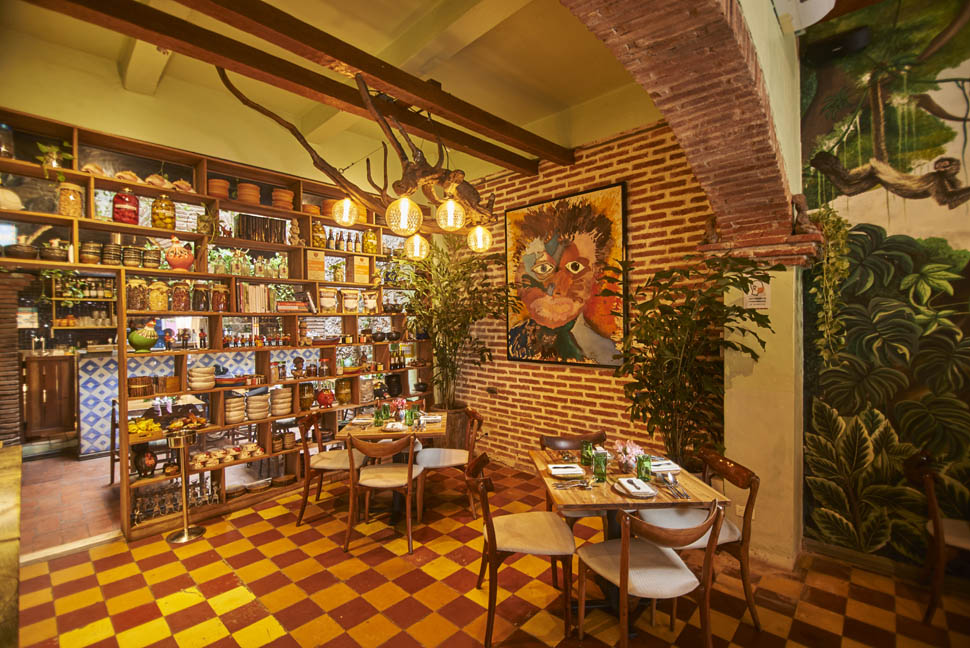
In short, not bad for a thirty-something now recognized as one of the best chefs in Colombia, 75th among the 100 best chefs in the world according to "The Best Chef Awards" 2023, who in 2016 and 2020 was also the chef representing Colombia at Madrid Fusión, in Spain. A talent, a prodigy, a genius. Or rather, the future of Colombia.
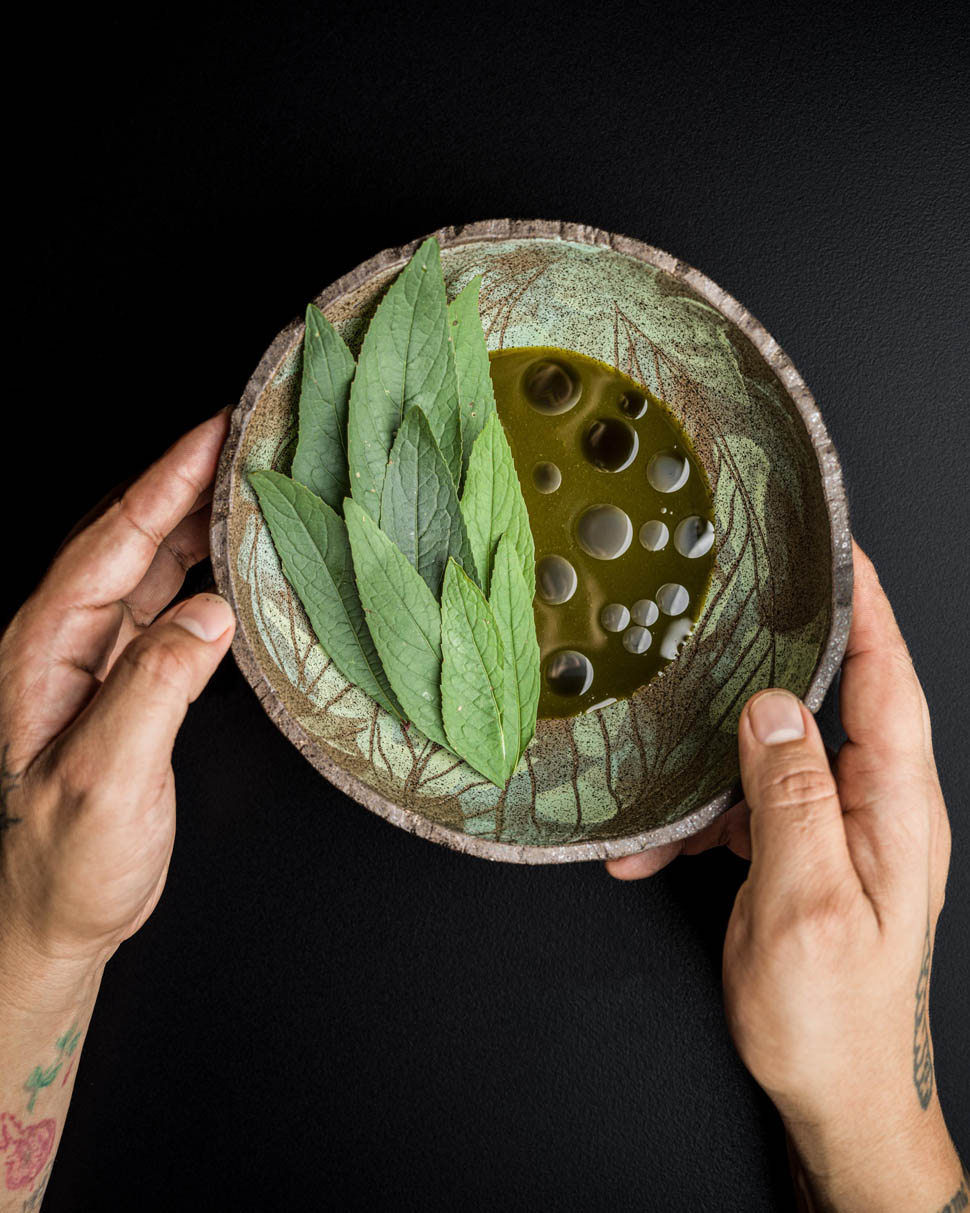
Celele has become an example and a pioneering project in the Caribbean; Jaime has managed to revolutionize the Colombian culinary scene: "Our vision for the future is to continue to be true to our values and professional ethics. We are not focused on growing as a company to have a larger restaurant and therefore increase the number of covers, but on designing internal growth aimed at improving and optimizing all our bases so that our employees are always better and willing to grow together. Service and time contribute to the quality of life of each of them and also to that of our suppliers."
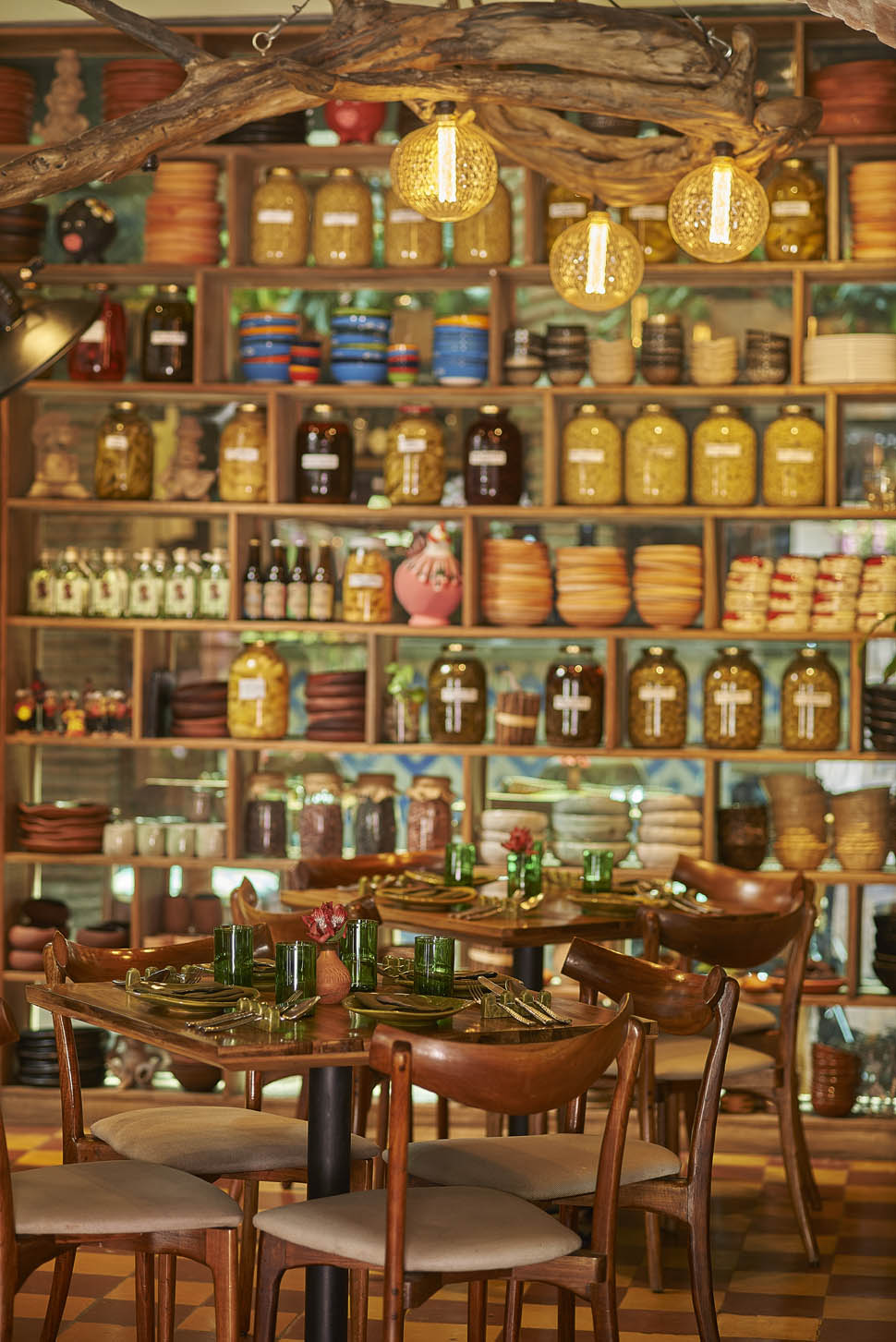
It's time to step into the walls of the small and colorful Celele in the lively Getsemaní neighborhood of Cartagena. Not by chance, "Celele" in the language of champeta, the vibrant local music you'll hear from arrival to departure, gives its name to one of the most famous songs, "La Celele," in which one person invites another to make love ("I want to make Celele with you"). But not only that, in Barranquilla it is used to refer to an intense person who is often told "leave the Celele" or still in the Caribbean savannah it's a typical salty pork broth.
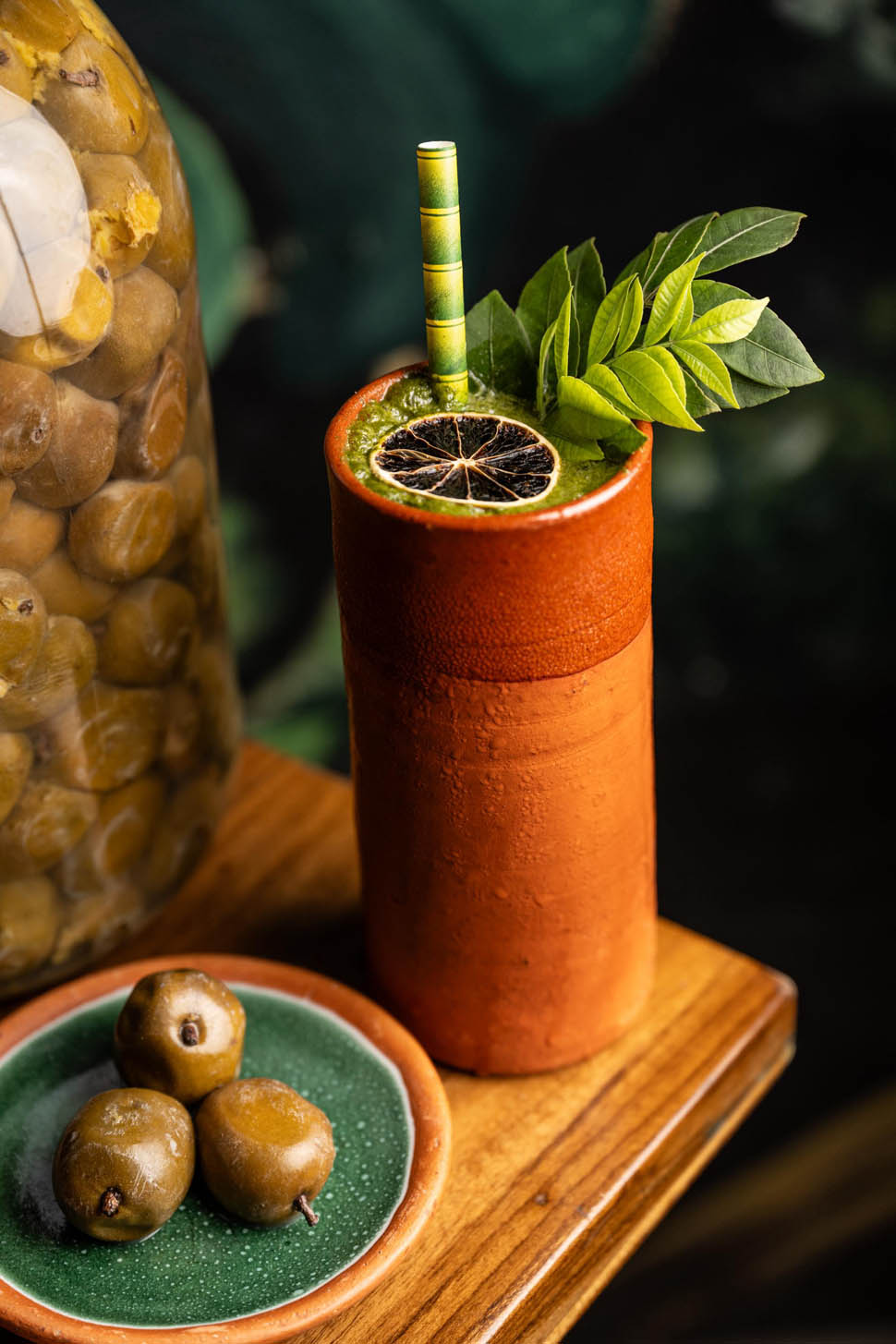
In short, far from the well-ironed white tablecloths and silver cutlery service, here the atmosphere is welcoming, informal, and relaxed, and some of the most interesting dishes in South America are served: rich, impactful in flavor and in the indispensable color in Colombian culture, evidently executed with study and technique at the base, but always pleasant and rhythmic.
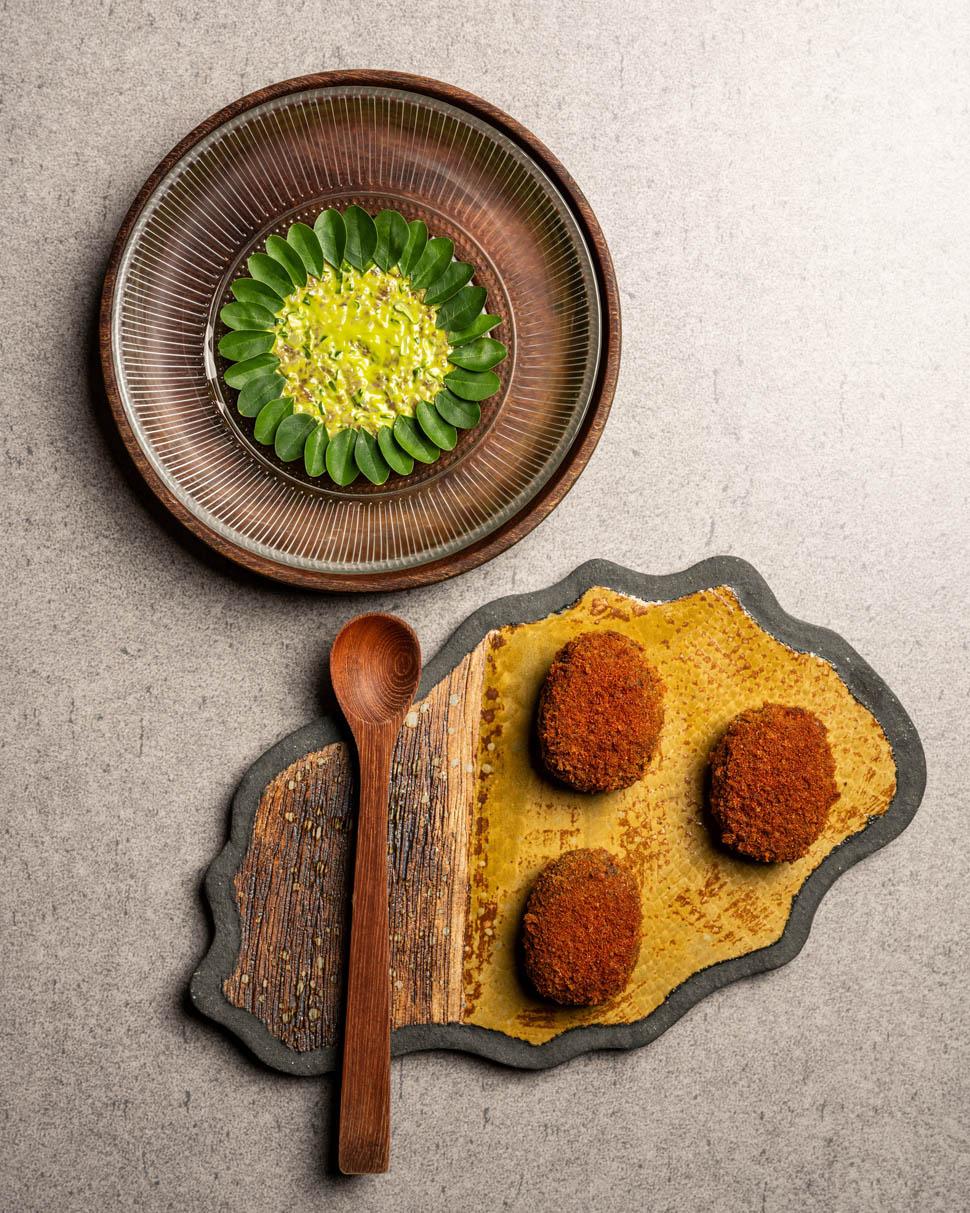
The cuisine
It feels like meeting those indigenous populations with whom the chef constantly maintains relationships: in every dish, new flavors, ingredients, and recipes are discovered that are at risk of being lost. The menu is not particularly extensive but special; ordering from sometimes unfamiliar dishes explores all that the Caribbean coast has to offer, accompanied by interesting and well-chosen fruit-based cocktails, regional craft beers, Latin American wines, liqueurs, and ferments that accompany preparations in which history and material are experienced through dehydrations, fermentations, and more or less intense cooking.
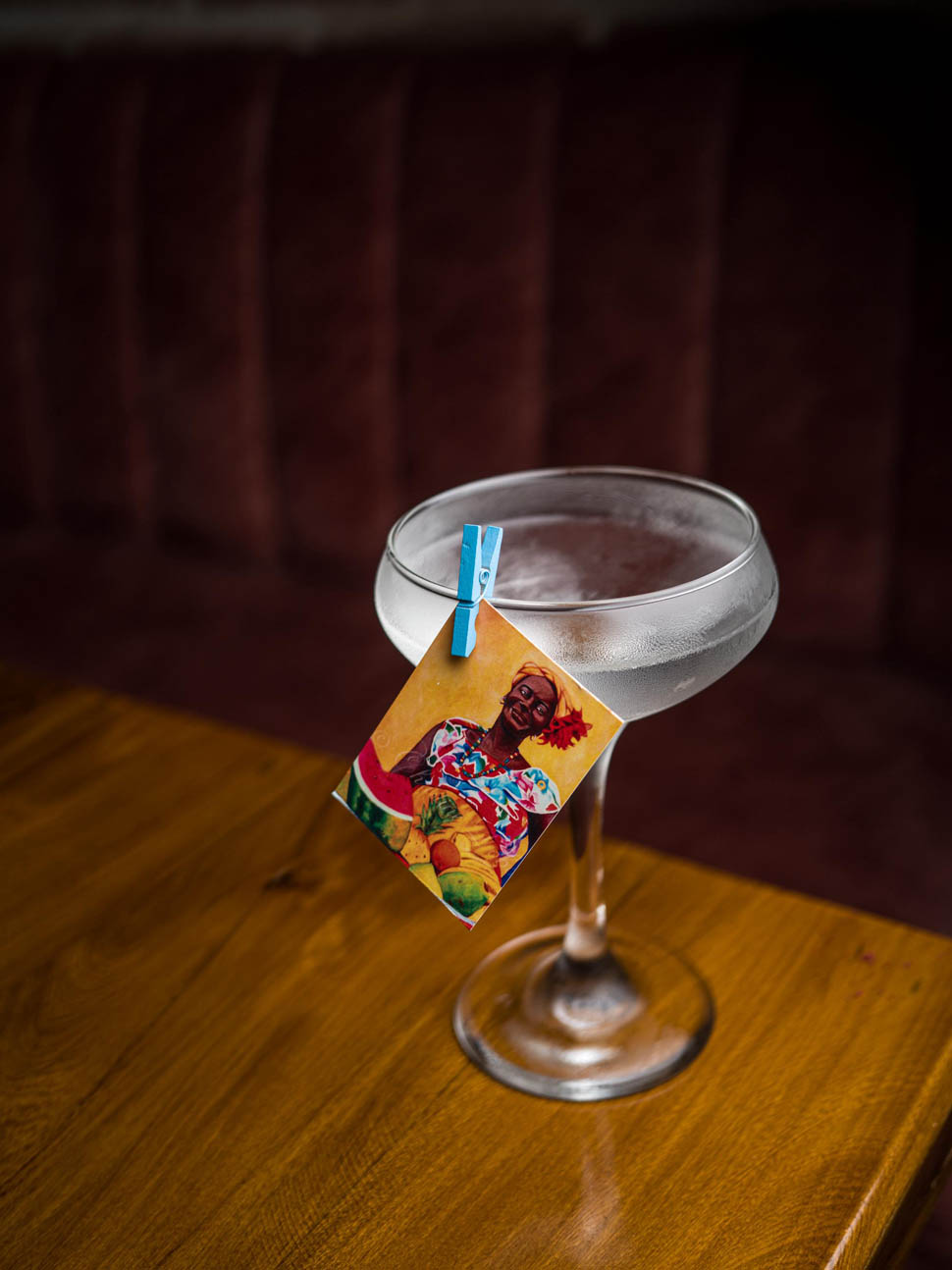
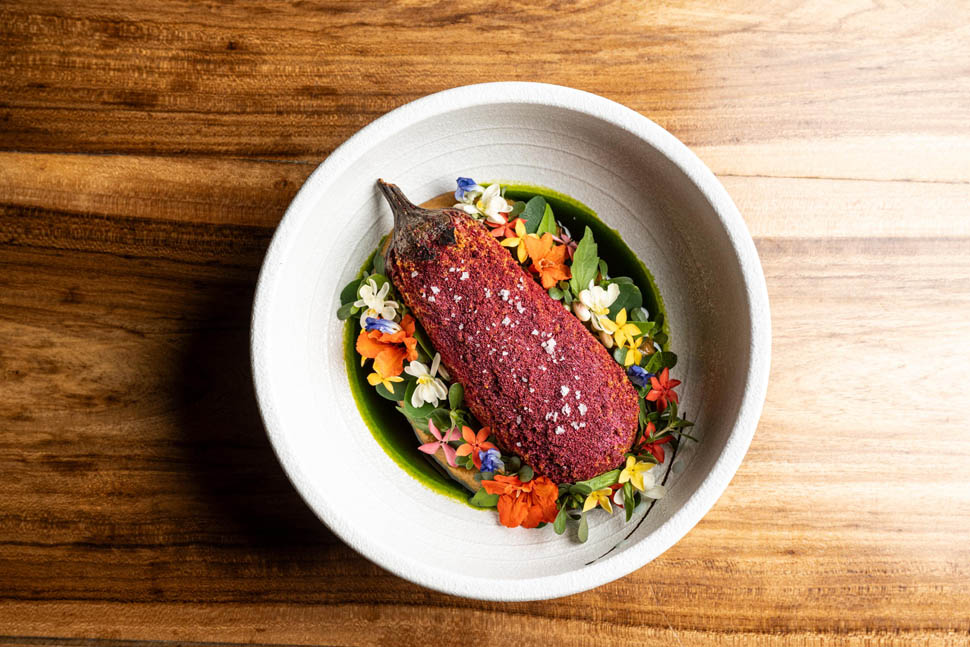
You will taste meat-based recipes like creole chicken confit with sour guava barbecue, roasted bananas with coconut oil, fried banana peels, and smoked chicken broth, or the aforementioned "Celele de cerdo," a precious pork confit terrine, banana puree, pickled sweet peppers, Caribbean-style crunchy and fried beans, fresh type of cabbage, and pork broth.
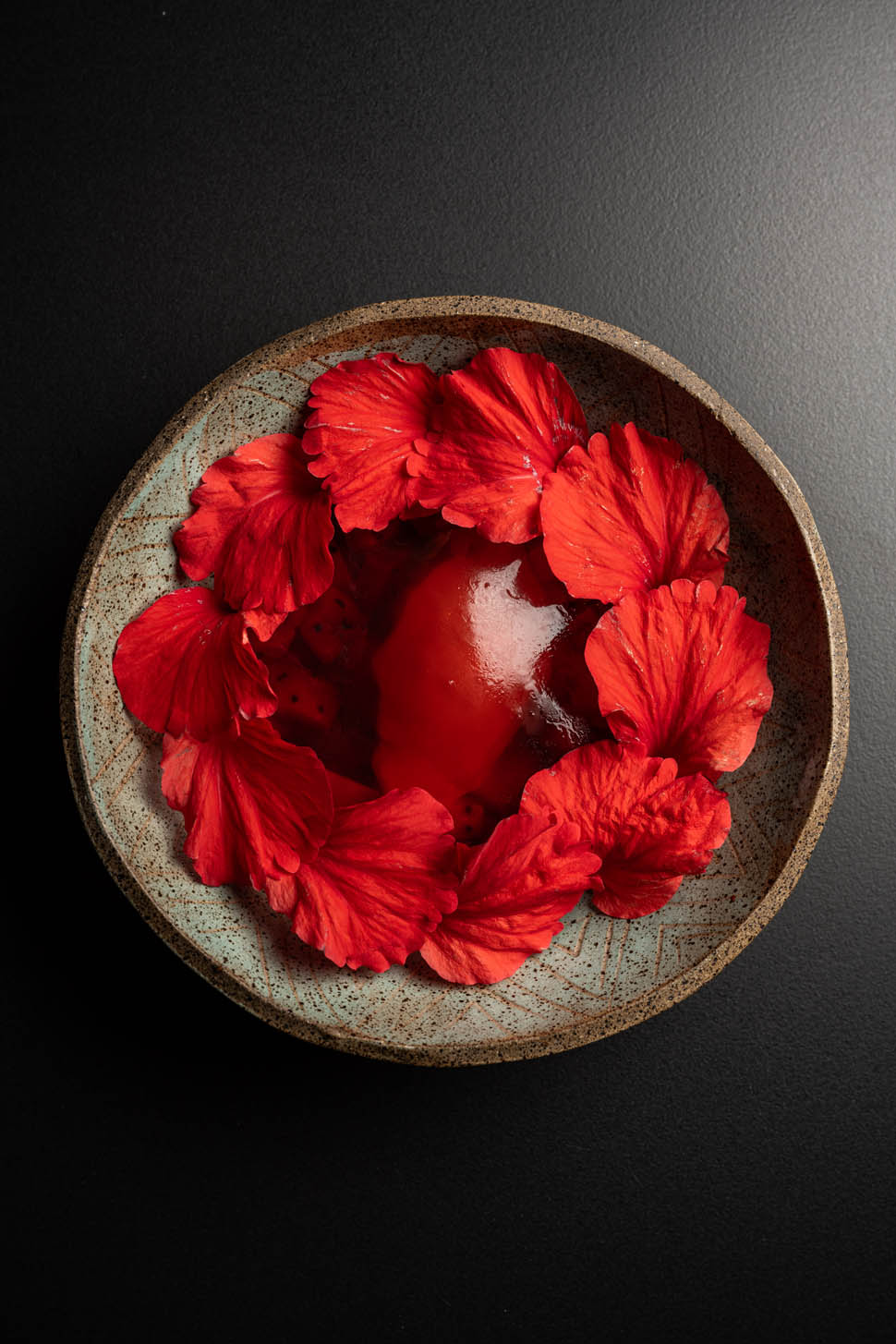
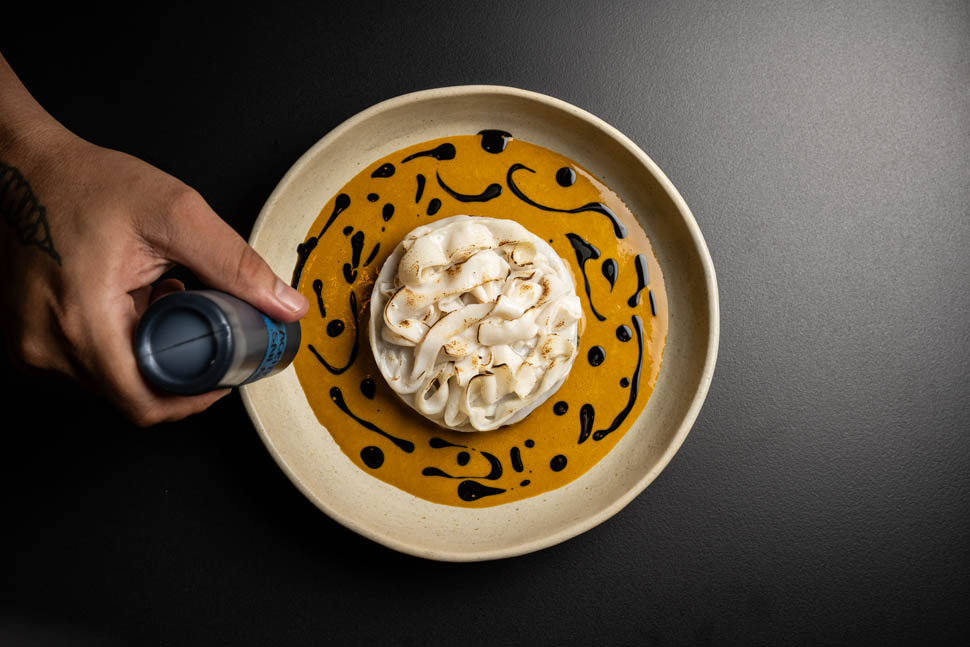
Certainly, fish is not lacking like seasoned shrimp, green papaya in vinegar, roasted pineapple, portulaca mamey (waterleaf) chutney, bougainvillea powder, coconut mayonnaise, and shrimp coral or smoked seasonal fish with Arabian spices, long-fermented beans, almond hummus, and sesame Creole broth; and even the vegetarian proposal won't disappoint where the Caribbean flower salad with pickled cashews and cane flower vinaigrette with passion fruit stands out, a work of art.
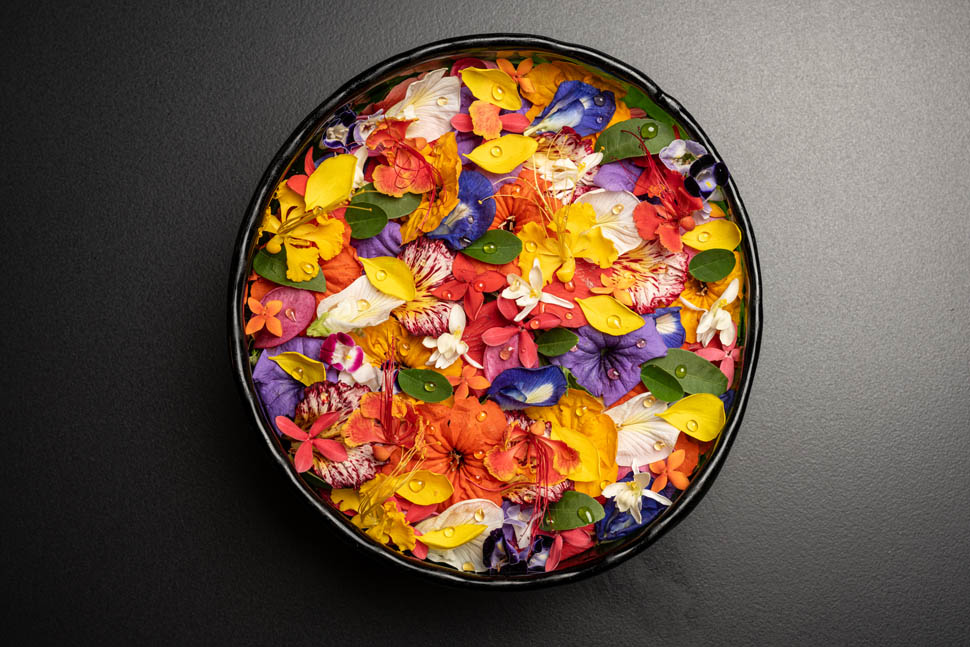
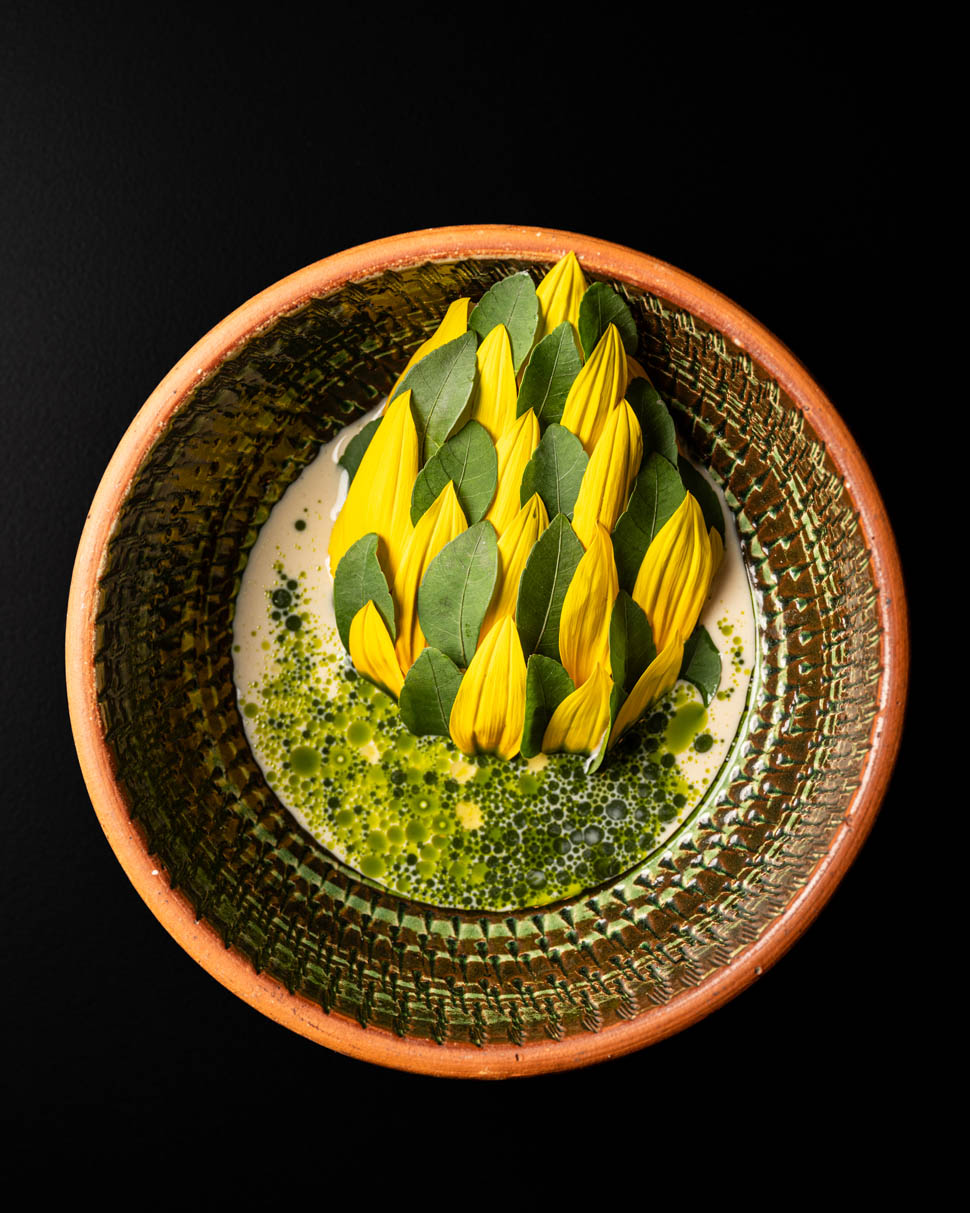
But above all, indelible in memories will be the San Bernardo archipelago crab with arepa (a staple in the Colombian edible flag), seasoned with chopped sweet chili, vegetable foam cooked in annatto butter (the reddish-yellow natural dye belonging to the Bixaceae family native to the Amazon), and egg white pearls. Moving for its flavor enhancement in a recipe so simple and delicate that it can tell the story of an entire country. The tale of the genius Jaime Rodríguez.
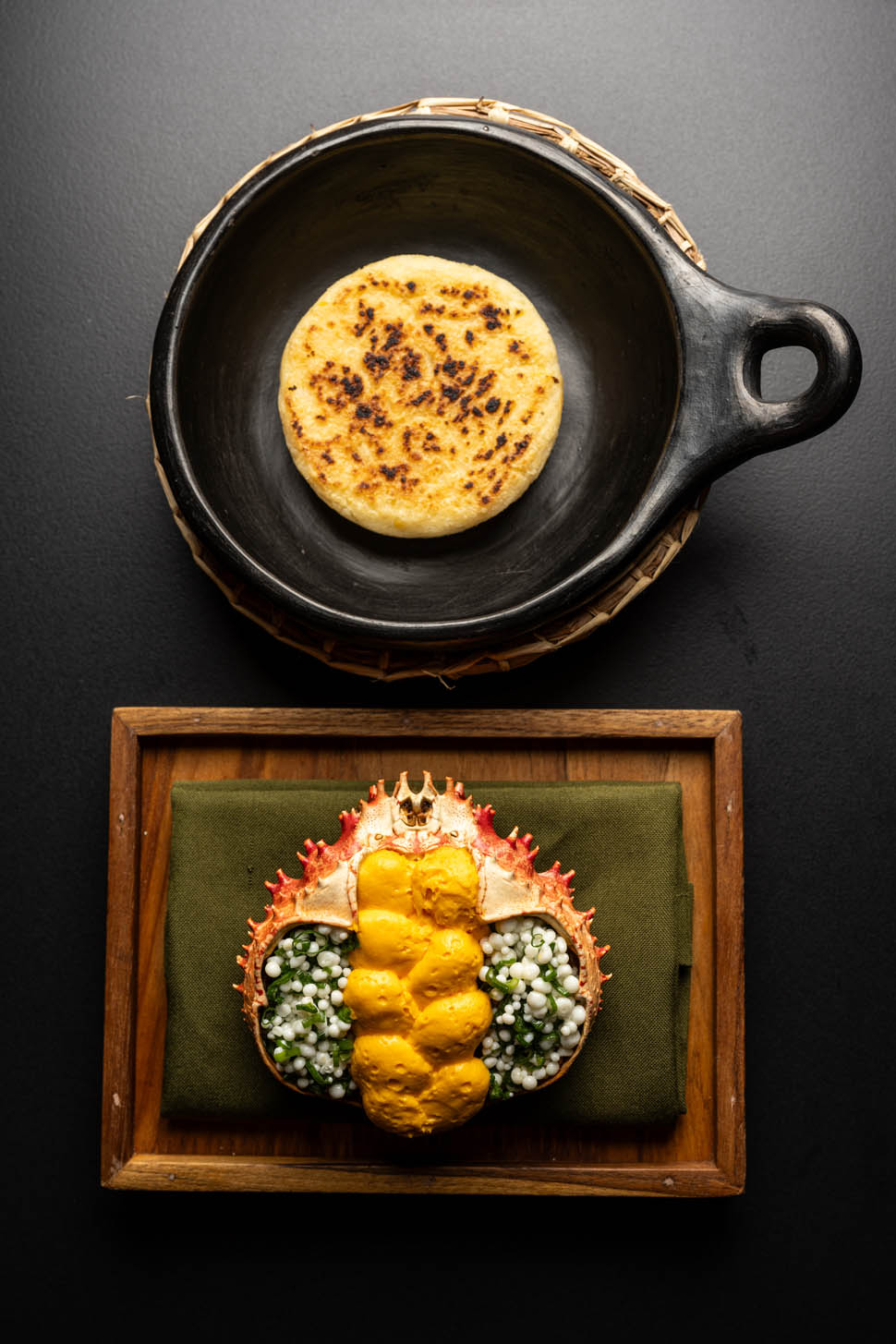
Contacts
Restaurante Celele
Cra. 10c # 29 -200, Calle del Espíritu Santo
Phone: +57 301 7420389
Website: celelerestaurante.com
Email: reservas@celelerestaurante.com
